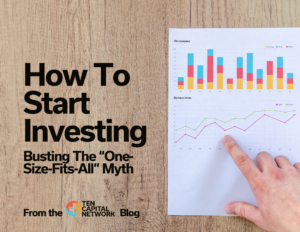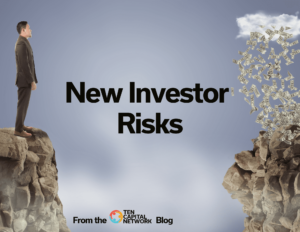
How To Start Investing Busting The “One-Size-Fits-All” Myth
2 min read There’s a lot of information out there about how to start investing. As a new investor entering into an unfamiliar field, it

2 min read There’s a lot of information out there about how to start investing. As a new investor entering into an unfamiliar field, it

1 min read As a new investor, entering into the world of investing can be an exciting time. Opportunities can seem limitless, and they are,